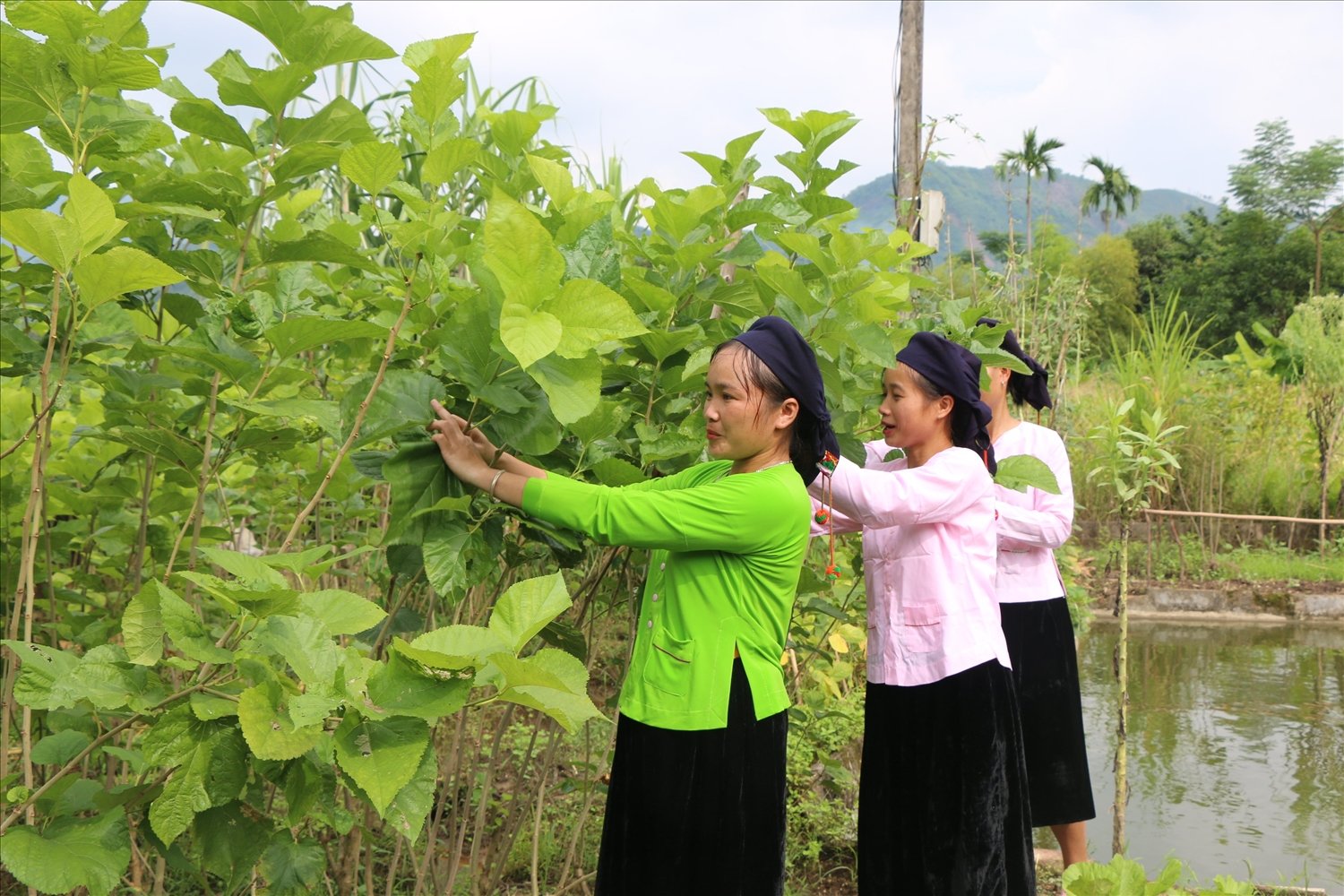
In 2021, Muong Kem village became the first model village of Nghia Do commune. This result was achieved, in addition to the investment and support resources of the State, thanks to the spirit of solidarity, unanimity, and promotion of the internal strength of the people in economic development, contributing labor, money, and donating land to build rural roads, cultural houses, and public works. Currently, Muong Kem has 110 households, of which only 3 are poor, with an average income of 48 million VND/person/year.
Nghia Do is a commune chosen to build an advanced new rural area. Accordingly, Nghia Do is currently undergoing a strong transformation. Village and hamlet roads have been expanded, reinforced with concrete, people plant flowers and trees on both sides to create a landscape. Cultural houses in villages have been built to serve community activities, residential houses have been built and renovated...
Mr. Do Van Luu, Secretary of the Commune Party Committee, said: Nghia Do is a commune in region I of Bao Yen district with 11 ethnic groups; of which, the Tay ethnic group accounts for 98%. In recent years, the State's investment resources, including ethnic programs and policies, have contributed to strongly promoting the local socio-economy. If at the beginning of 2023, the commune achieved 9/19 criteria for advanced new rural areas, up to now, the commune has achieved 16/19 criteria.
“As a commune with a large ethnic minority population, ethnic programs and policies are extremely important resources, contributing to improving the lives of the people. By the end of 2023, the commune's poverty rate will be only over 3%, with an average income of 51 million VND/person/year. The good implementation of ethnic programs and policies is also making an important contribution to strengthening the great solidarity bloc and arousing the spirit of advancement of the ethnic people in the commune,” Mr. Luu emphasized.

Mr. Nguyen Anh Dung, Vice Chairman of Bao Yen District People's Committee said: In recent years, the district has effectively implemented the National Target Programs; ethnic policies have brought about many changes and improvements not only in Nghia Do but also in most rural and mountainous areas, contributing to the effective implementation of 20 main goals on socio-economic development, national defense, security and Party building...
Policies to support production development, construction and development of value chains in the agricultural production sector associated with National Target Programs, are concretized by implementing production development projects, such as: Cinnamon production linkage project according to organic value chain; Project to build and improve cinnamon product value chain associated with development of organic cinnamon material areas; Project to link production and consumption of banana products according to VietGAP and organic standards (banana, royal banana; Project to develop tropical fruit tree areas according to value chain...
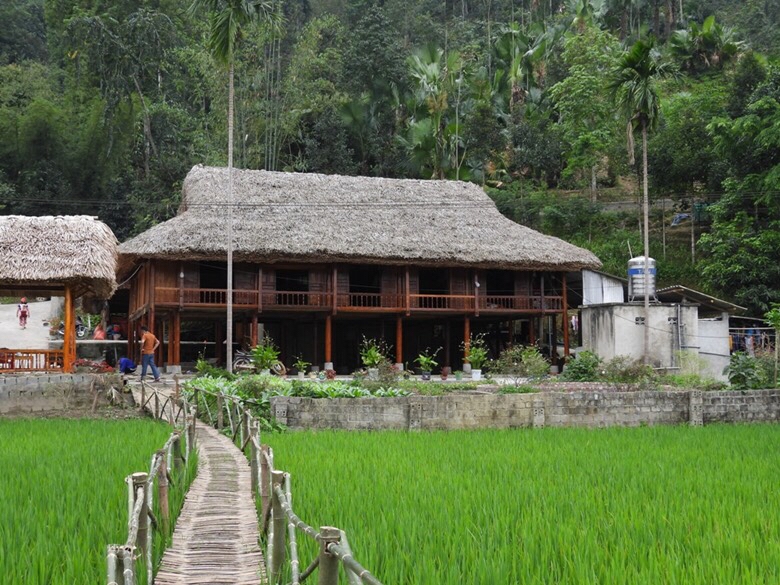
Along with that, the conservation is associated with the exploitation of unique cultural values of ethnic minorities in the district to develop tourism, thereby forming many tourism models to attract tourists such as: Community tourism in Nghia Do commune. Discovery and experience tourism in Tan Tien commune, eco-tourism in Xuan Hoa commune...
The results of implementing new rural criteria in communes have also reached 14.19 criteria/commune, an increase of 3.88 criteria/commune compared to 2022; the product value per hectare of cultivated land reached 90 million VND, an increase of 43 million VND compared to 2015...
“The above achievements contribute to bringing the average income of people in rural areas to 43.32 million VND in 2023 (an increase of 3.13 million VND compared to 2022), the number of poor households in the district to 1,708 (8.01%), the average poverty reduction rate to 4%/year. Of which, the number of poor ethnic minority households is 1,497; the number of near-poor households is 1,314 (the number of near-poor ethnic minority households is 1,145 households...”, Mr. Dung added.
Source






























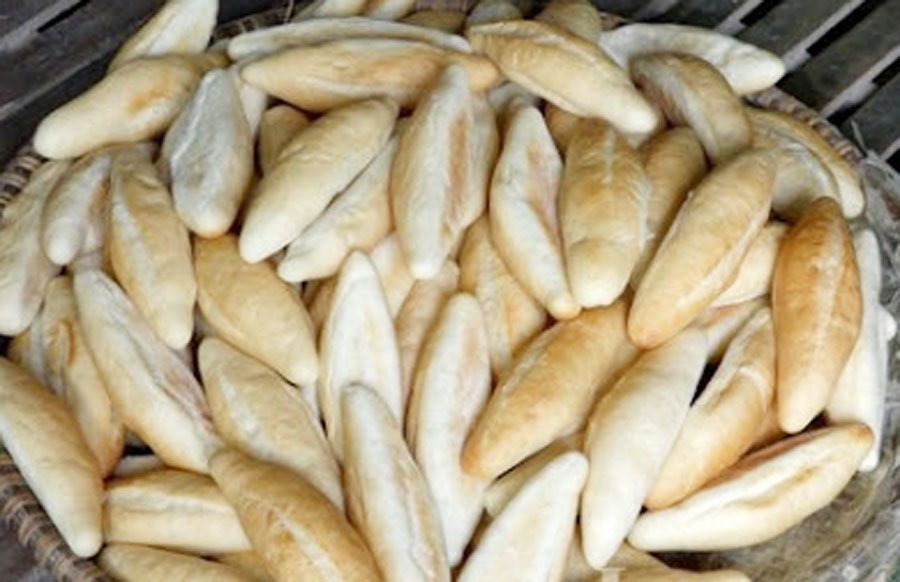

![[Photo] Bao Yen urgently hands over the site of the 500 kV Lao Cai - Vinh Yen transmission line project](https://vstatic.vietnam.vn/vietnam/resource/IMAGE/2025/1/23/0ff2a794c2804d89889ed410a6dccf0d)



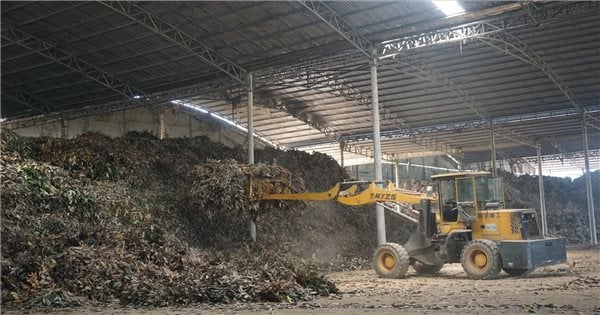











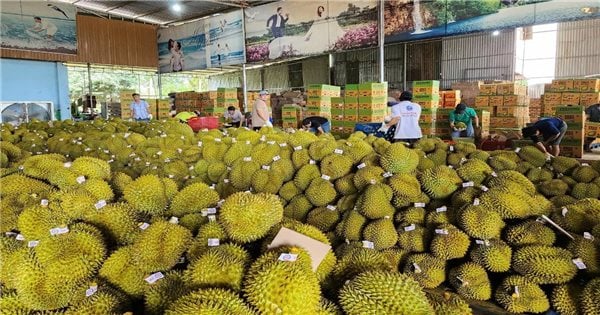

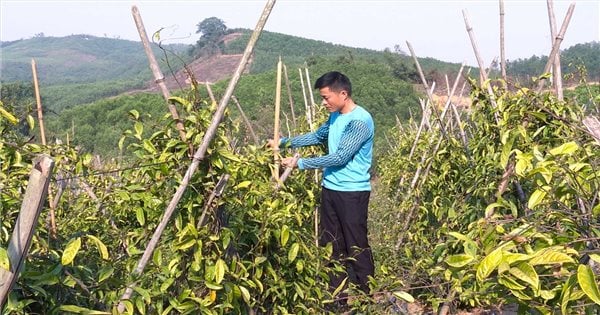

















Comment (0)